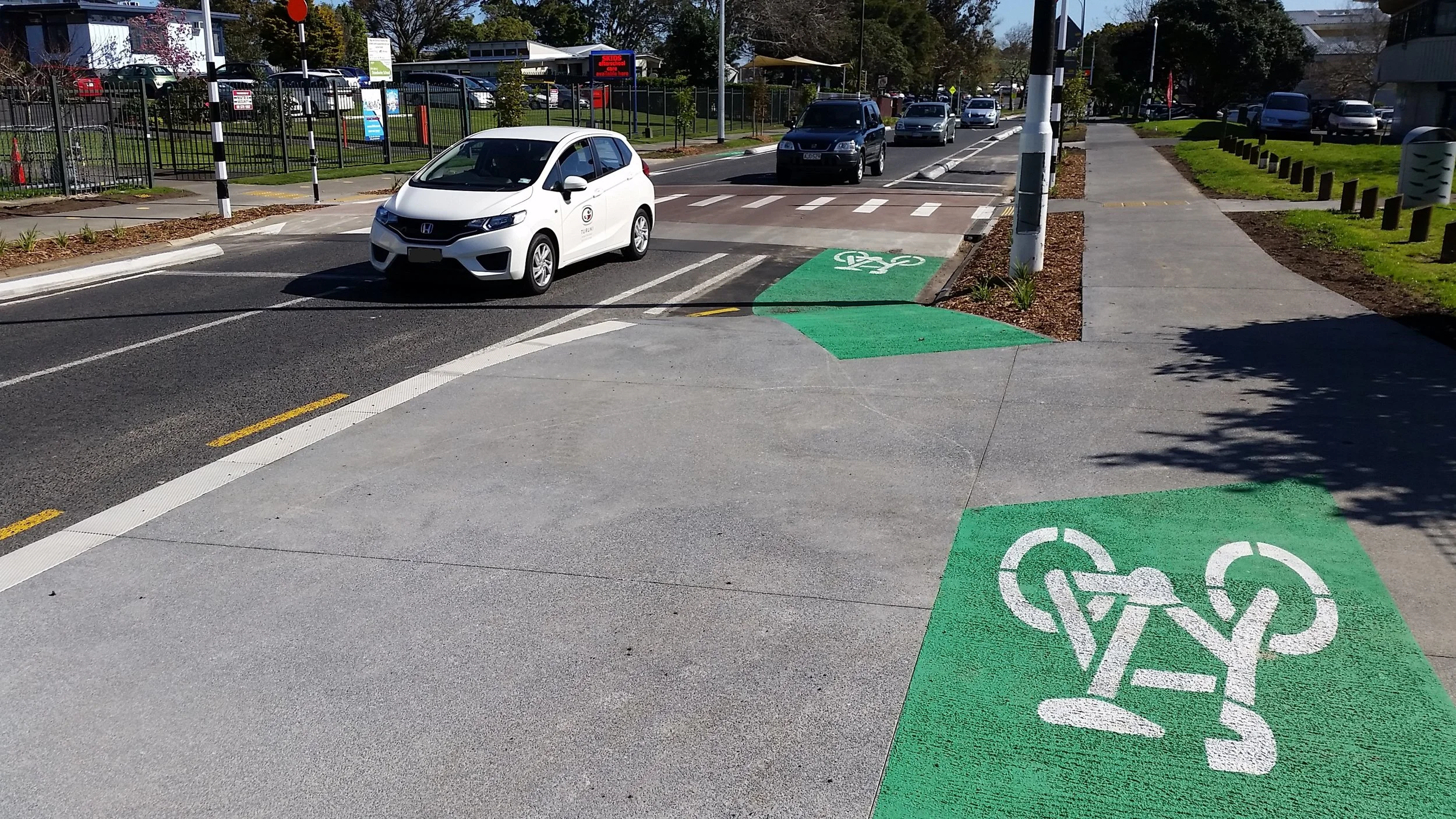Enhancing Community Wellbeing Through Street Design
Insights on the experiences of Pacific elders from Māngere’s Te Ara Mua - Future Streets
Active transport networks
Urban environments shape how people experience and interact with their communities. With growing disconnection and an increase in diseases like stroke and heart disease linked to low physical activity, designing streets that encourage active mobility for all residents is vital for public health and wellbeing.
In 2024, we published a co-authored article in Kōtuitui, New Zealand Journal of Social Sciences Online, titled Street redesign, active mobility and wellbeing for Pacific elders, which adds to the evidence.
The article draws on the experiences of a group of Samoan and Tongan elders travelling around Māngere following the Te Ara Mua - Future Streets interventions. The findings show that:
Elders feel much safer walking, with some increasing their active travel.
All elders find important amenities more accessible, leading to more opportunities for social connection.
The improved appearance of the local environment boosts community pride and wellbeing for some elders.
Working together to envision Te Ara Mua - Future Streets
Raised pedestrian crossings
Te Ara Mua was a 12-year collaborative project in Māngere Central aiming to better reflect the area’s cultural identity and to make the neighbourhood safer and easier for people to travel around, especially in active ways like walking, cycling, or scooting.
Initiated in 2012, the project team worked in partnership with the Māngere community, Auckland Transport and New Zealand Transport Agency to design and implement the street infrastructure changes. These changes included new and upgraded crossings, widened footpaths, separated cycle lanes, traffic-calming measures like speed humps, indigenous plantings, cultural wayfinding elements, and a playground upgrade.
Alongside the changes, a multi-year controlled before and after study explored the impact of interventions on residents through various data sources and measures, including surveys, interviews, traffic counts, speed measures, and road crash data. The Activation component of this research, of which this article is a part, was funded by the Ageing Well and Healthier Lives National Science Challenges.
We are proud to have been a partner in the Future Streets research programme, working with colleagues from Mackie Research, the University of Auckland, Otago University, Massey University, and TERNZ. The research team has published widely on the co-design process and the impacts of the street changes. We co-authored a paper in 2022 that found that neighbourhood safety perceptions improved following the upgrade, and while the project officially concluded at the end of June 2024, the team will continue to disseminate findings.
Ngā mihi nui to all those who were involved in this mahi
Safe cycling infrastructure



